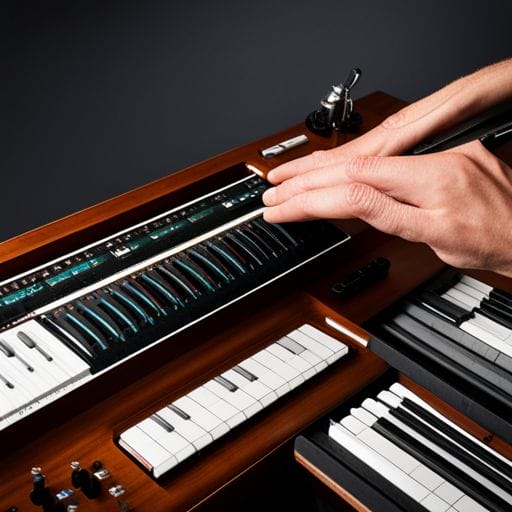How to Perfectly Auto-Tune Vocals in 7 Steps

How does the application of PAA influence the final outcome of auto-tuned vocals?
Auto-Tune, a widely used studio tool, has found its home in every music producer’s pocket. Perfecting your vocals by using Auto-Tune can transform a good track into a great one. Whether you want to subtly improve the vocal quality or fully auto-tune the sound to create a unique, robotic feel, this tool indeed offers several possibilities. Follow these seven steps to master the art of auto-tuning vocals to perfection.
Step 1: Set up Auto-Tune
Firstly, you need to set up Auto-Tune in your Digital Audio Workstation (DAW). After installing Auto-Tune, you can find it in your list of effects plugins. You then insert it into the vocal track you want to Auto-Tune.
Step 2: Select the Key and Scale
The next step is to select the key and scale of your song, which is essential in auto-tuning. This guides the software on how to correct the pitch of the vocals.
Step 3: Set the Retune Speed
Next, set the ‘Retune Speed’. The retune speed determines how quickly Auto-Tune corrects the pitch. A faster retune speed gives a more dramatic, noticeable auto-tuned effect, while a slower one creates a more subtle, natural pitch correction.
Step 4: Adjust the Humanize Feature
The Humanize feature in Auto-Tune can control how much processing is applied to sustained notes. Setting this feature to a high percentage will give more natural-sounding vocals.
Step 5: Use the Formant Correction
The formant controls are critical to maintaining vocals sounding natural and preventing the infamous “chipmunk effect”. By enabling formant correction, the character of the singer’s voice is preserved even when dramatic pitch correction is applied.
Step 6: Explore the Advanced Controls
Get more out of your Auto-Tune plugin by exploring the advanced controls such as the Transpose function or Flex Tune feature. These can tailor the Auto-Tune effect more precisely to your unique project requirements.
Step 7: Fine-Tuning
Finally, fine-tuning your settings is essential to achieving perfect auto-tuning. By adjusting individual notes, you can fix specific problem areas without impacting the overall vocal sound. This requires patience and precision but can yield impressive results.
To perfectly Auto-Tune vocals, it requires practice, experimentation, and an understanding of your software. It’s not just about shifting pitches; it’s about enhancing a performance, creating a unique sound, and making your music the best it can be.
Conclusion
Perfecting the art of auto-tuning isn’t an overnight task, but with these steps, you are well on your way to mastering this vital production skill. Experiment, allow yourself to make mistakes, learn and grow. Happy Auto-Tuning!
